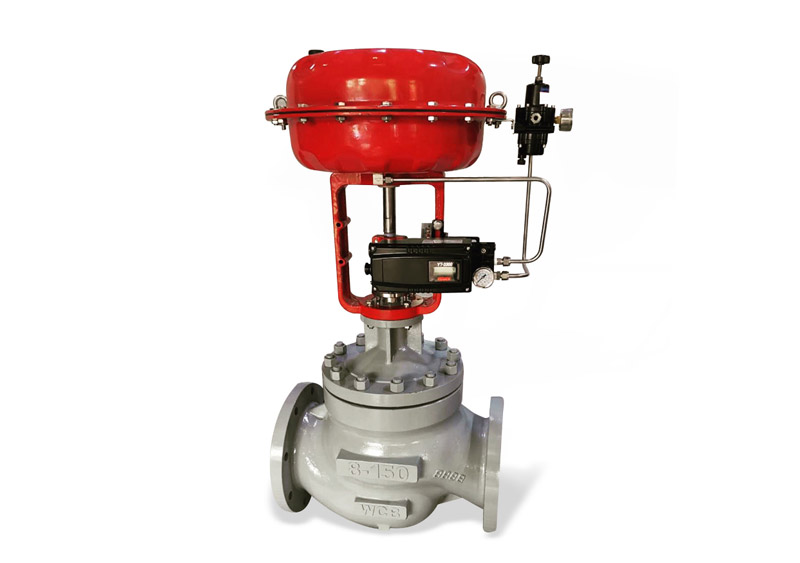Picking the Right Control Valves: A Guide to Optimum System Performance
Enhance Structure Operations With Costs Automation Controls for Controllers
In the world of contemporary building operations, the combination of premium automation controls for controllers has actually become a crucial facet in ensuring optimal effectiveness and efficiency. By using the power of costs automation controls, buildings can attain unequaled degrees of energy performance, system integrity, and cost-effectiveness.
Enhancing Structure Performance Via Automation Controls
Improving structure effectiveness is paramount in today's style and layout industry, with automation controls playing a crucial function in achieving ideal performance. By integrating sophisticated automation regulates right into constructing architects, systems and designers can develop smart, energy-efficient structures that react dynamically to altering environmental problems. These controls allow for the seamless surveillance and monitoring of various building features, such as lights, HVAC systems, and safety methods, resulting in boosted operational effectiveness and price savings.
Automation controls allow real-time information evaluation and changes, ensuring that buildings run at peak performance levels while decreasing energy waste. With the use of sensors, actuators, and systematized control systems, buildings can adjust their setups based on occupancy patterns, external weather, and time of day. This level of automation not only improves the convenience and performance of building occupants however also contributes to sustainability efforts by minimizing general energy consumption and carbon emissions.
Maximizing Power Financial Savings With Costs Controls
With the combination of costs automation manages into building designers, systems and designers can better enhance energy performance, enhancing the overall functional performance of frameworks. Premium controls deal sophisticated features such as tenancy sensors, organizing capabilities, and adaptive formulas that enable precise surveillance and adjustment of power use. By leveraging these capabilities, buildings can dynamically reply to altering tenancy patterns and environmental problems, making certain that power is only consumed when required. Furthermore, costs controls facilitate the coordination of different structure systems, such as HEATING AND COOLING, shading, and lighting, to run in harmony towards lessening energy wastefulness. Via real-time data analytics and predictive modeling, these controls can identify inadequacies and opportunities for renovation, enabling for continual refinement of energy-saving techniques. In general, the implementation of premium automation controls not only decreases energy prices yet likewise adds to an extra lasting and eco-friendly built atmosphere.

Improving System Efficiency and Integrity
The assimilation of costs automation manages into building systems enhances operational performance, guaranteeing optimum efficiency and reliability. Additionally, costs automation controls supply data analytics that offer understandings into system performance trends, permitting for continuous optimization and fine-tuning of procedures. Generally, the unification of costs automation regulates boosts system efficiency and dependability, inevitably contributing to an extra efficient and sustainable structure atmosphere.
Reducing Operational Expenses With Automation Innovation
By leveraging innovative automation controls, building operators can optimize energy consumption, reduce waste, and simplify maintenance processes. Automation technology enables click here now specific tracking and control of different structure systems such as HVAC, illumination, and safety, leading to extra effective operations. By centralizing control and automating routine tasks, operational prices can be considerably lowered, freeing up resources for other vital structure upgrades or financial investments.
Enhancing Control and Flexibility for Workflow

Furthermore, these systems enable seamless assimilation with other structure monitoring innovations, such as energy surveillance systems and protection protocols, producing a detailed environment that streamlines operations and enhances total effectiveness (control valves). The ability to remotely access and adjust settings further boosts control and flexibility, enabling for quick reactions to transforming operational demands. Eventually, investing in costs automation regulates not just enhances the daily operations of a building yet also brings about long-lasting price savings and sustainability benefits
Final Thought
To conclude, premium automation controls for controllers play a crucial function in maximizing structure operations. These controls boost performance, optimize power financial savings, improve system performance and integrity, decrease functional expenses, and boost control and flexibility for read operations. Implementing automation modern technology in structures can result in substantial improvements in total operational efficiency and sustainability. It is necessary for companies to buy premium automation controls to accomplish far better building performance and functional end results.
By utilizing the power of premium automation controls, buildings can achieve unparalleled degrees of energy effectiveness, system dependability, and cost-effectiveness. In general, the unification of premium automation manages raises system efficiency and dependability, inevitably adding to a more effective and lasting structure setting.
Automation technology enables accurate tracking and control of numerous structure systems such as Protection, heating and cooling, and illumination, leading to a lot more reliable operations. These controls improve effectiveness, maximize power cost savings, improve system performance and integrity, minimize functional expenses, and enhance control and adaptability for procedures. It is vital for organizations to invest in costs automation controls to accomplish much better structure performance and operational end results.